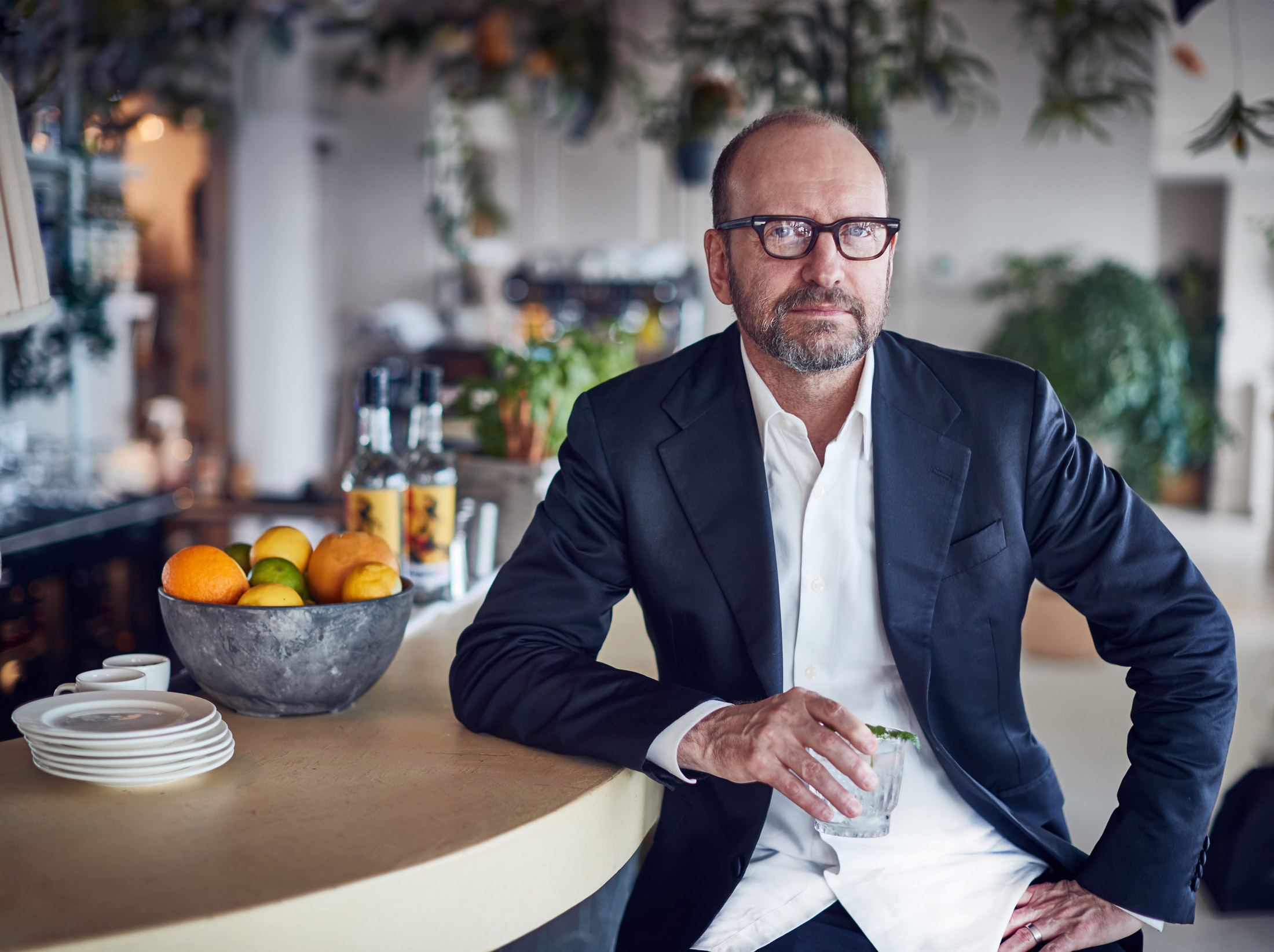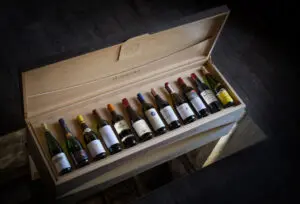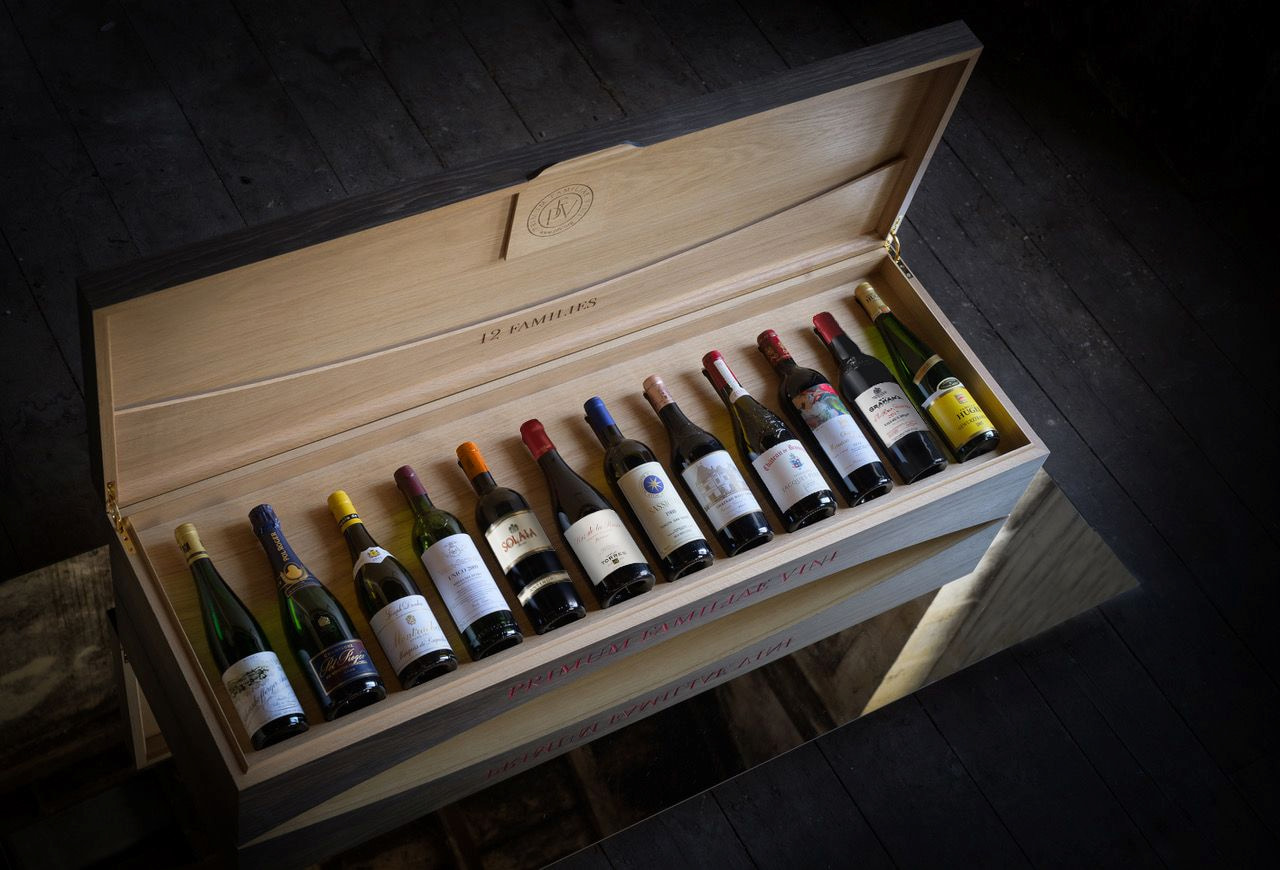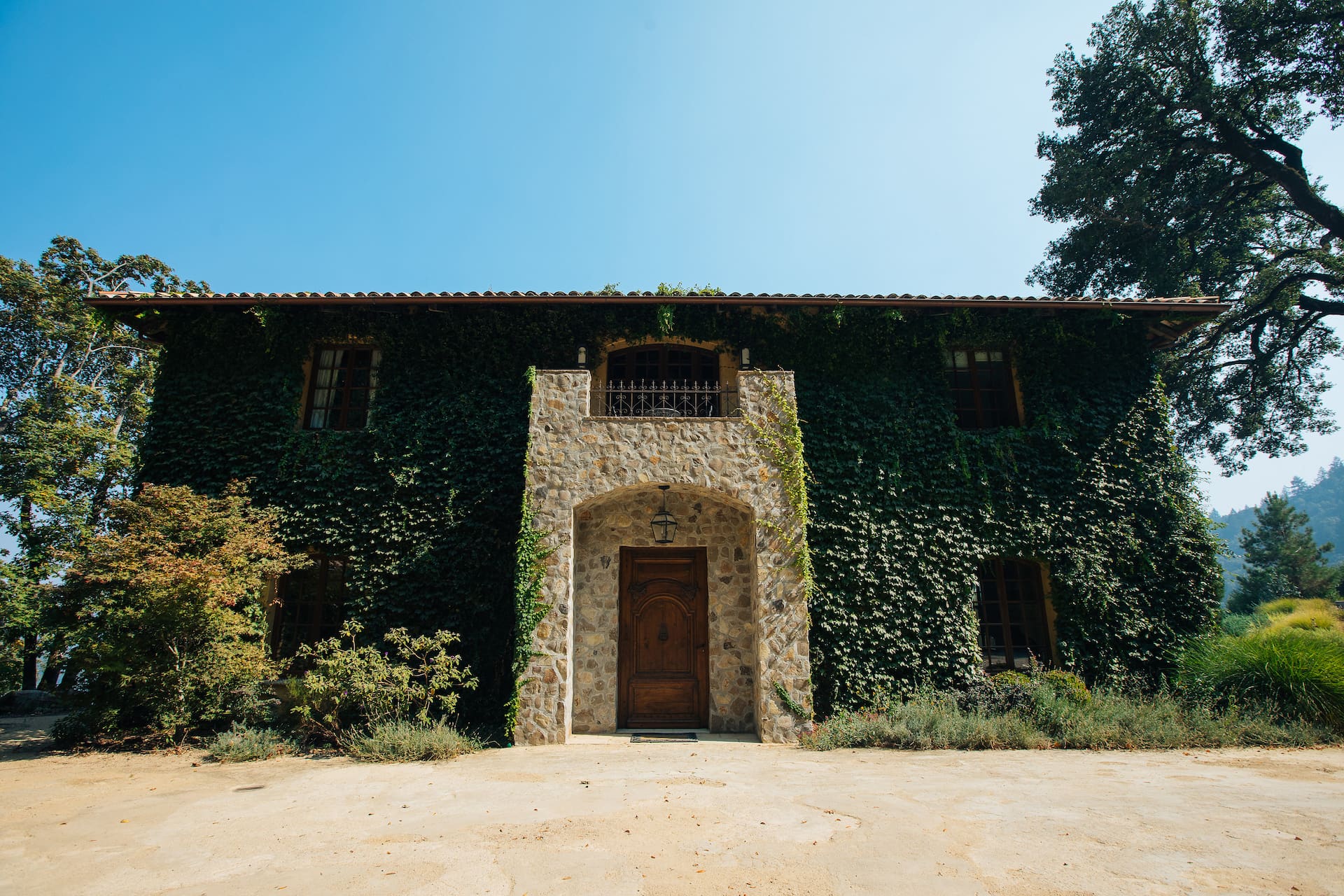From writing, directing, and producing to acting as his own cinematographer and editor, Soderbergh is one of the most prolific and iconoclastic figures in modern cinema. From the moment he broke through with his 1989 indie masterpiece – Sex, Lies and Videotape – Soderbergh has made an ever-widening variety of movies – from oddball sleepers like Schizopolis and Kafka and massive blockbusters like Ocean’s Eleven and Magic Mike. Soderbergh’s films have grossed over two billion dollars, and his films keep coming at a clip of two or more a year.

But, a little known fact, Soderbergh also owns his own spirits company, Singani 63, which has a history as knotty as the plot from one of his thrillers. While filming his 2008 film Che, the Oscar-winning filmmaker was gifted a bottle of a spirit he’d never tried and subsequently fell in love with Singani, the national spirit of Bolivia – which was virtually undiscovered outside the South American country. From there, he decided to bring it to the US, and after a decade-long journey, much agita, and a lot of work, the United States Tax and Trade Bureau officially recognized Singani as a distinct product of Bolivia and as its own specific type of brandy, thereby making Singani the newest spirits category recognized more than ten years.
Singani, which is made from white Muscat of Alexandria grapes only grown at high altitudes in the Bolivian Andes, is twice distilled and then stored in copper pot stills has the clear color and consistency of an Eau de Vie with a tangy bite and very aromatic nose that works both on its own and in a cocktail.
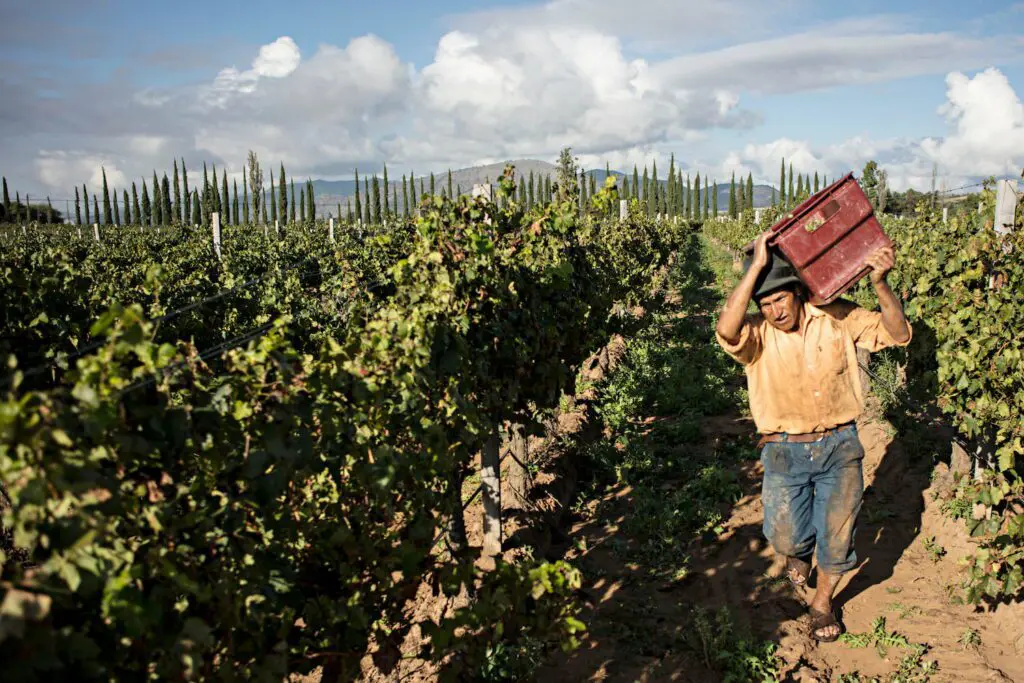
We recently had a chance to have a Bolivian-inspired dinner with Soderbergh at Tesse in Los Angeles – with some fantastic Singani 63 cocktails created by mixologist Julian Cox – where we talked about everything from the modern film industry to his favorite restaurants and bars and how his editing and cinematography alter egos would take the Singani. This interview has been edited for length and clarity.
Jon Alain Guzik: You’ve been really prolific since 2017, like two or more big projects a year, and to me, what’s crazy is they are all very different in tone and style. From “Let Them Talk” to “Full Circle” to “High Flying Bird”. Where do you think your inquisitive nature comes from, and, more importantly, why do you think the amount of your work has exploded over the last few years?
Steven Soderbergh: I don’t know. I guess I’ve always felt a bit clear that if you’re fortunate enough to find yourself in a position where people might say yes to something that you want to do, then you should take advantage of that as often as possible. Also, one of the biggest contributing factors to being able to work so quickly is that I don’t write my own projects. I really like working with writers, and that makes it easy to have several projects percolating. Then as soon as one of them reaches a point of being ready, I’ll jump on it.
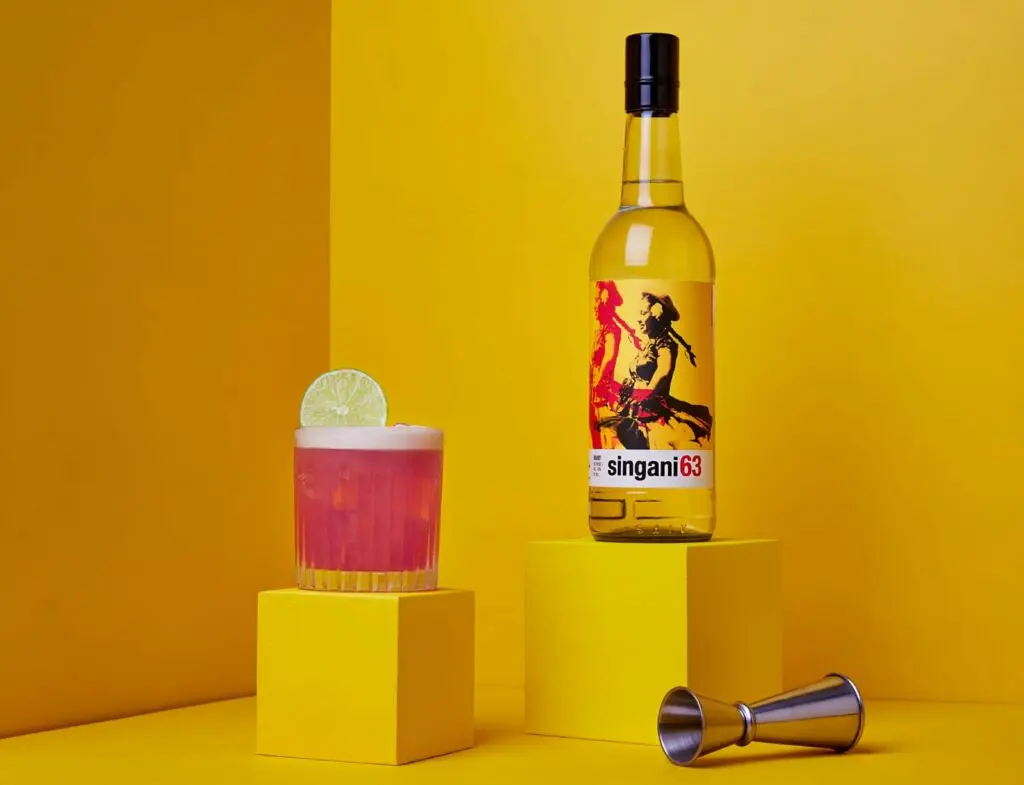
Jon Alain Guzik: Is this different from when you first started out?
Steven Soderbergh: During the early portion of my career – between Sex, Lies and Videotape and Out Of Sight – I was trying to figure out what kind of filmmaker I wanted to be and what place I should occupy or that I could occupy in the film industry. One of the things that I decided to let go of was the very sexy mythology surrounding being a writer/director. Once I let go of that, everything got better immediately,
Jon Alain Guzik: You’re so prolific, how do you manage what you want to do next?
Steven Soderbergh: Again, It comes down to a great script. I’m not really tracking the frequency of the projects. On their timeline. I’m just thinking in terms of what’s next. You know, how much do they overlap? Does there need to be a space between projects in order they get the attention that they need?
Jon Alain Guzik: Does that prolific nature go back to your independent roots of, like, Let’s Make Something!
Steven Soderbergh: No, it goes back to classic Hollywood and the studio system. My favorite directors from that period of Hollywood were usually making two films a year. Directors like Howard Hawks and William Wyler, you know they both had so much range. In an ideal world, for me, the thing I’m doing currently is, by design, made to annihilate the thing that came before. You know, to me, it’s supposed to be like flushing that previous one out of the system. If you look at the Ocean’s films, when you chart the films that are in between them, they’re all the absolute opposite of Ocean’s films.
Jon Alain Guzik: Is that something you do intentionally?
Steven Soderbergh: Yeah, it’s intentional, but I also need to do that in order to stay interested. The reason that I can move from project to project so quickly is that I delegate. I have people around me that I work with – usually over and over again – a core group. I give them a lot of freedom and a lot of responsibility.
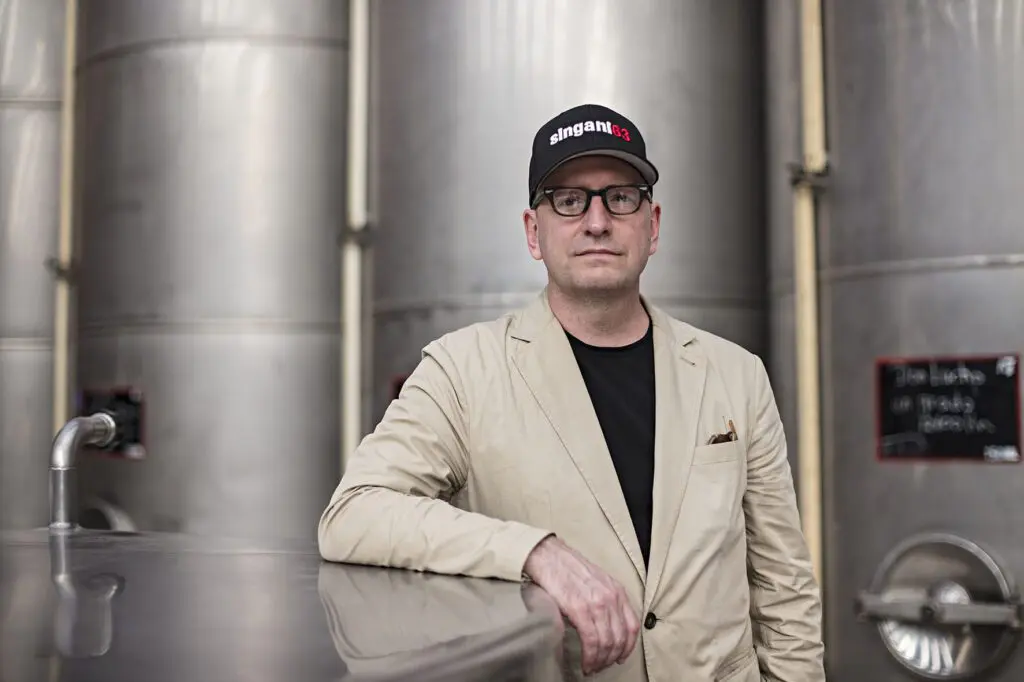
Jon Alain Guzik: Is the Singani 63 a reflection of your filmmaking sensibilities, and do you think spirit is a reflection of those sensibilities?
Steven Soderbergh: Well, with Singani, it was a weird thing. I had an instant reaction to the spirit. But my short term concern when I first tried it was. can I get enough of this to get us through the Che film shoot, right? (laughs) I had no thoughts of continuing my relationship with Singani beyond the shoot. When I was about to go back to the United States, I started thinking – and mostly prompted by crew members – about trying to get the spirit back to the US. It was only later, when we started talking to mixologists, and they started to describe their reactions to the spirit that I realized, strangely, that it could play multiple roles in a cocktail or a cocktail program, very similar to the way that I played multiple roles in a crew. I thought that was weird, right, but also kind of interesting and that made a kind of emotional and philosophical sense to me, but it was completely random. The similarities and differences between the entertainment industry and the booze industry are fascinating for me to parse.
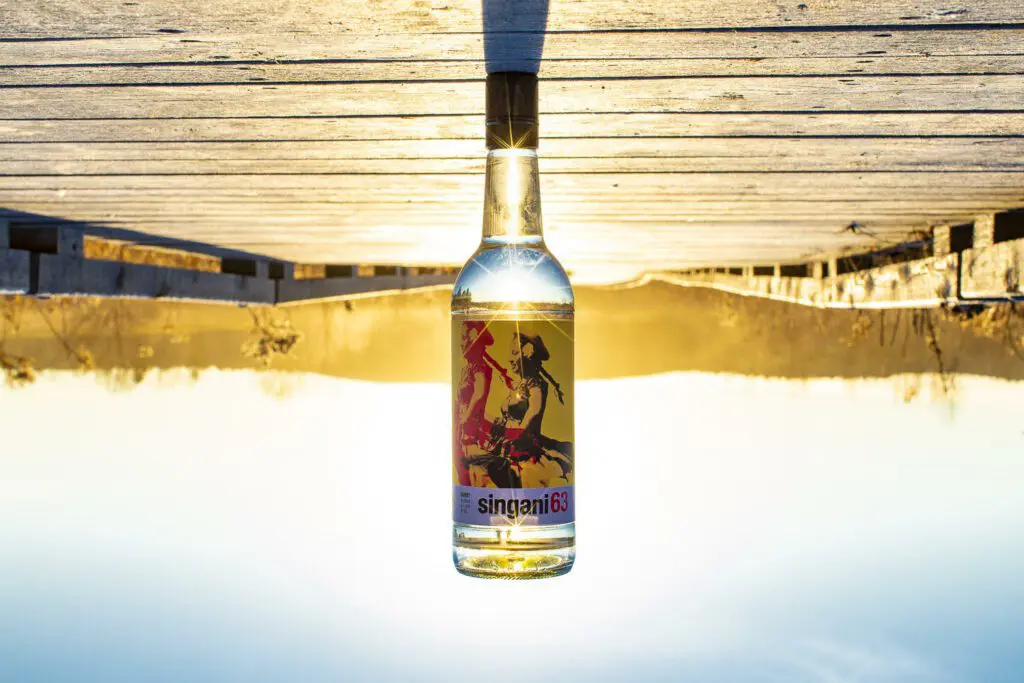
Jon Alain Guzik: Let’s talk about the bottle and website design. In fact, all of your online work is very graphic design-driven. I also adore the fact that the online presence is very, very cheeky, where you’re sort of poking fun at everything. I mean, front and center on the website is a copy that reads, “You and your cocktail cohort have been wondering: WTF is Singani 63?” Is that how we should treat the spirit? Is that how you treat the spirit?
Steven Soderbergh: I think you should treat a spirit in the sense that it’s supposed to be fun. Like, you go out to have a drink and to have some fun. So I’m always mystified when I see spirits with an ad campaign that feels very “molto”. (Laughing) I’m like, what are you doing? People should be laughing, people should be having fun.
Jon Alain Guzik: I feel like it’s even more of a bummer with whiskey ads. I agree, it should be fun.
Steven Soderbergh: Right? All of the design work is just a reflection of what I think your attitude should be while you’re drinking – which is to be in a good mood and to be funny, you know. It was very important to me that the brand had a voice that sounded like a person as opposed to a company.
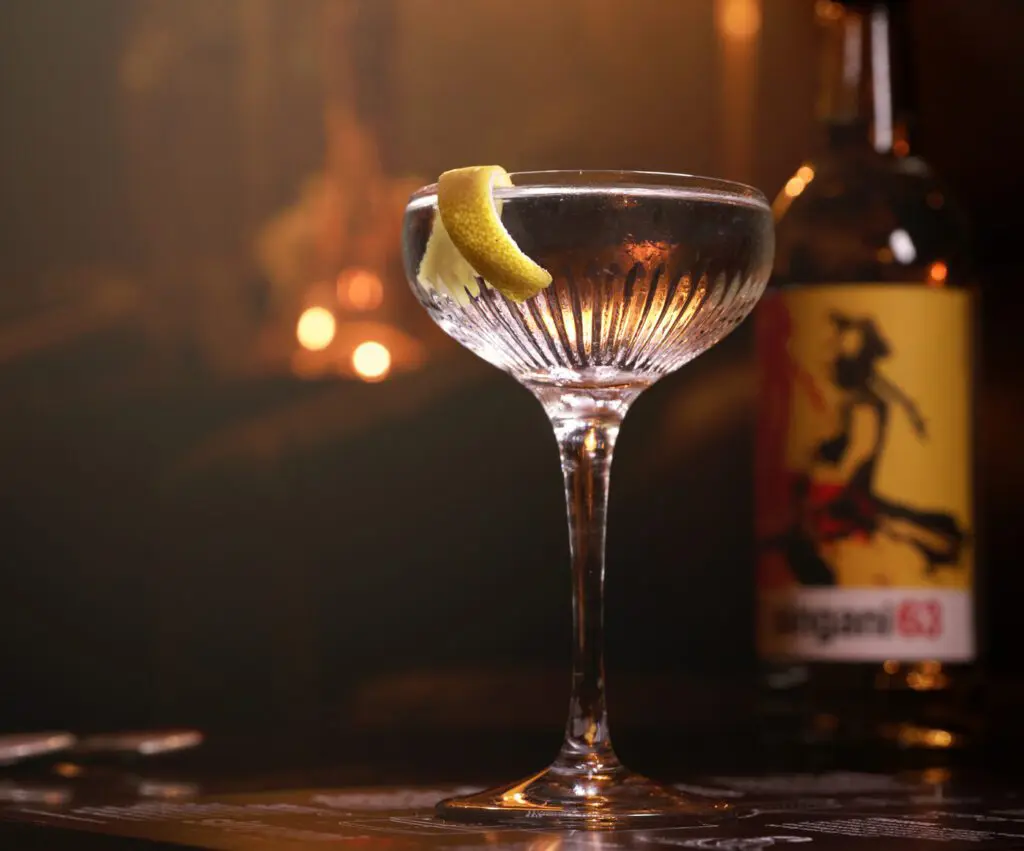
Jon Alain Guzik: How do you drink your Singani?
Steven Soderbergh: On the rocks.
Jon Alain Guzik: How does Peter Andrews drink his Singani? (editor’s note: Peter Andrews is a pseudonym used by Soderbergh when serving as his own Director of Photography)?
Steven Soderbergh: Here’s the problem, he drinks too much Singani. But he’s cheap, and he’s fast to work with.
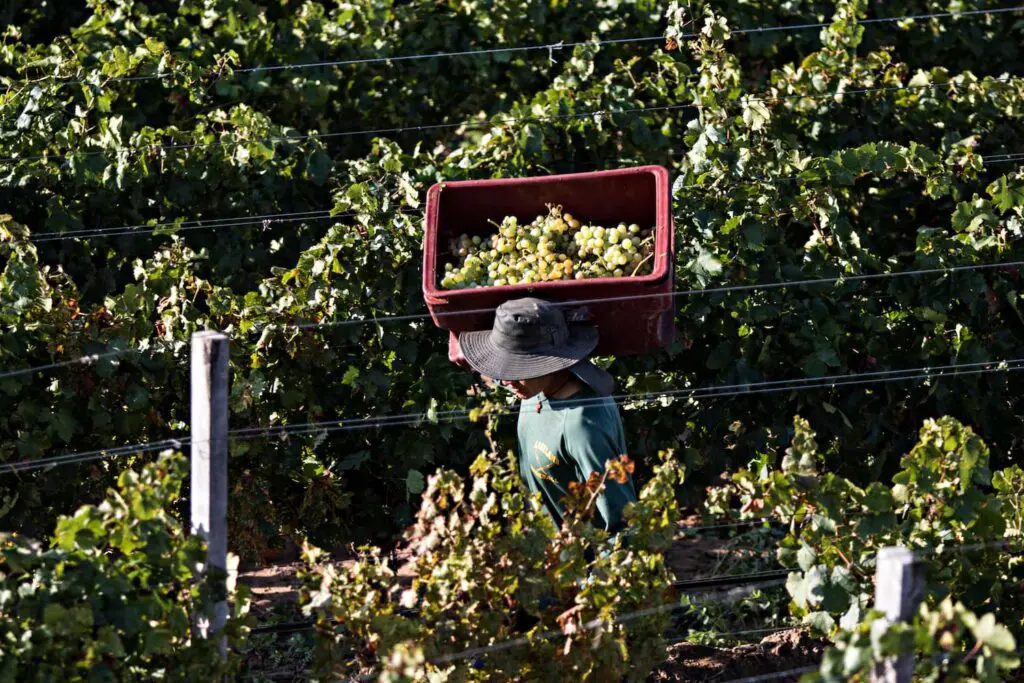
Jon Alain Guzik: What about Mary Ann Bernard? (editor’s note: Mary Ann Bernard is a pseudonym used by Soderbergh when serving as his own editor)?
Steven Soderbergh: She doesn’t drink. It’s as a reaction to me and Peter Andrews. There needs to be someone sober in the process, I discovered.
Jon Alain Guzik: You live between LA and New York. What are your three favorite restaurants or bars in each city?
Steven Soderbergh: In LA, it’s very neighborhood driven and since we live in Los Feliz, frequent the most would be Messhall, Big Bar and Musso & Frank.
Jon Alain Guzik: What do you get at Mussos? I love their flannel cakes at breakfast. Do you ever go for breakfast?
Steven Soderbergh: I go for dinner. I get the swordfish and potatoes and green peas. It’s interesting, when they know I’m coming, they get green peas for me. I saw it on my little slip.
Jon Alain Guzik: That’s amazing.
Steven Soderbergh: They used to have it as a side, but they stopped. But I saw on my reservation slip “Loves Green Peas,” and so when I go, they have them for me. Which is kind of an amazing thing.
Jon Alain Guzik: Being a regular is good. What about when you’re in New York?
Steven Soderbergh: That would be Brandy Library, Macao Trading Company, and Weather Up.
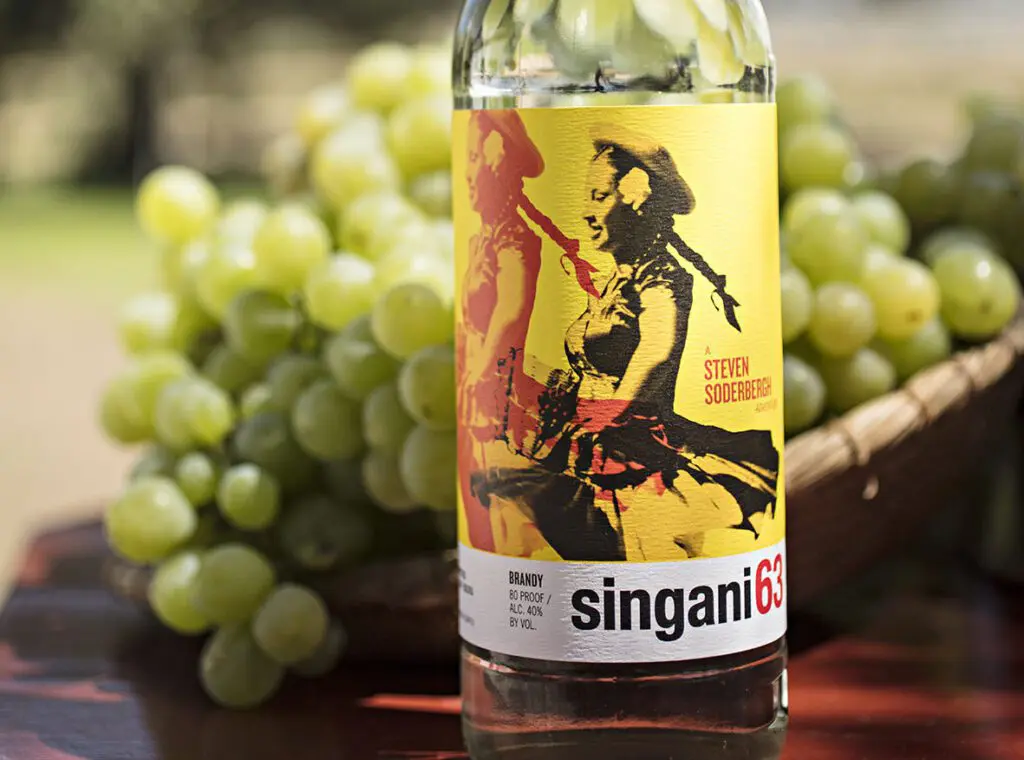
Jon Alain Guzik: Last question. Being a director, you get a lot of gifts from everyone, from your agent to your business manager and everyone in between. Basically you turned a gift from someone that you work with – a bottle of Singani – into a major side project. Why do you think the Singani jumped out at you?
Steven Soderbergh: I couldn’t compare it to anything else I’ve ever tasted. And it seemed, at each level, to exceed what I’d experienced in a distilled spirit before. First, there’s the bouquet, then there was how it tasted on the palate, and then there was the vanishing feeling- like no, no secondary swallow – which is what I was used to in a spirit and had grown to accept…When people would say, what is it like? I would say, well, it’s not really like anything but that just sounded like a sales pitch. And finally, I feel like with the TTB recognition from the government, I can say, I told you so, it’s not really like anything else.
Jon Alain Guzik is a seasoned journalist, serial entrepreneur, and lifestyle columnist for Monarch Wine. With extensive expertise in luxury, lifestyle, automotive, and timepiece markets, his writing has been featured in publications such as The Hollywood Reporter, The Los Angeles Times, TheDrive, Automobile Magazine, Los Angeles Magazine, and LeoEdit. He lives in Laurel Canyon with his wife, two kids, and a rambunctious goldendoodle named Rosie. Although he adores White Burgundy, his family, oddly, doesn't share the same enthusiasm.
